8 Basic Montessori Principles to Follow at Home
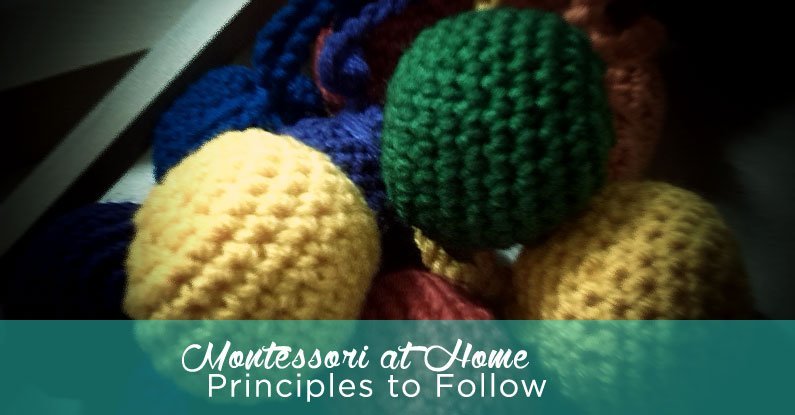
Children are natural learners. They are born ready, willing and eager to explore the people and the objects around them. If you are homeschooling your child or considering doing so, you have already discovered how spontaneous learning happens when you provide puzzles, blocks or other hands-on toys for your child or how a young child is eager to help in the kitchen or the yard if given real tools and real responsibility.
Montessori education develops this whole-child learning philosophy more deeply, and it is a natural for homeschooling. Maria Montessori was an Italian physician and educator, who developed her educational methods after working with and observing young children in an inner-city childcare center in Rome beginning in 1907. Today there are more than 22,000 Montessori schools in more than 100 different countries.
Related: Montessori Learning and the Spielgaben
Maria Montessori’s holistic approach to education respects and encourages a child’s natural desire to learn. Montessori observed that, when given the proper learning environment and encouragement, young children will essentially teach themselves important concepts such as counting, sorting and learning the alphabet. Below are eight basic Montessori principles and how you can incorporate them into your homeschool.
8 Basic Montessori Principles and How to Incorporate them into your Homeschool
1. Environment and order.
“Education is a natural process carried out by the child and is not acquired by listening to words but by experiences in the environment.” – Maria Montessori
Montessori believed that children learn best in an orderly environment. Setting up toys, books and puzzles in an attractive child-sized bookcase or arranging learning items in easy-to-reach baskets encourages discovery and learning.
The old adage of “A place for everything and everything in its place” is useful in a Montessori home. Aim to reduce the clutter, and encourage your child to put their things back in their proper places when they are done using them.
Maintain your shelves with easy to access projects that rotate from week to week. Provide child-sized furniture and well-made materials that are easy for little hands to hold and use for their intended purposes.
2. Movement and cognition
“The child needs activity concentrated on some task that requires movement of the hands, guided by the intellect.” – Maria Montessori
A Montessori classroom integrates movement and learning. Children are free to move at will rather than having to remain seated at desks throughout the day. Montessori advocated the use of materials that invite the child to experience in an active way– such as rods and beads and puzzles – rather than workbooks and textbooks which are experienced in a passive way.
3. Choice
“Free choice is one of the highest of all the mental processes.” – Maria Montessori
Children will absorb and learn more information when they are free to make their own choices, according to Montessori. In his book, Maria Montessori: Her Life and Work, biographer E.M. Standing suggests that this freedom to choose is not the freedom to do anything you want, but is the freedom to do the right thing. For a child, the “right thing” is to do what he or she needs to do to fulfill his or her next step of his development.
In your homeschool, you can make a checklist of appropriate tasks and assignments for your children and then let them create their own schedules. For reading, for example, you could fill a basket with appropriate books, and then let them choose which ones they want to read.
4. Interest
“An interesting piece of work, freely chosen, which has the virtue of inducing concentration rather than fatigue, adds to the child’s energies and mental capacities, and leads him to self-mastery.” – Maria Montessori
When most adults see a Montessori-based classroom for the first time, whether it is in a home or a school, they remark on the beauty of the materials. In fact, they usually pick things up and admire them, as they turn them over in their hands.
This level of interest is a key to learning, Montessori believes. Fill your child’s workspace with beautiful books, hand-crafted items and lovely specimens from nature. Display seashells on a low shelf where they can be handled and examined, collect postcard replicas of master paintings and place them in a pretty basket, play classical music in the background. Put out quality paper and colored pencils or paints that invite the young artist to create.
Another idea is to maintain interest is to rotate which toys and games are accessible, so that your children do not tire of them so easily.
Related: 6 Reasons Why Students Lose Interest in Studying
5. Extrinsic rewards and motivation.
“Prizes and punishments are, if I maybe allowed the expression, the bench of the soul, the instrument of slavery for the spirit…he who accomplishes a truly human work, he who does something really great and victorious, is never spurred to his task by those trifling attractions called by the name of “prizes” nor by the fear of those petty ills which we call “punishments.” – Maria Montessori
Montessori observed that rewards and punishments may bring obedience – at least in the short term – but that they do not encourage the learning process. She stressed that learning should be its own reward. A Montessori-based learning environment offers materials and activities that offer satisfying results. Often the “reward” lies is the completion of the task: a puzzle completed, a glass of water poured, a table set or a plant potted.
Montessori realized that children thrive on accomplishments when they are able to complete real work with real tools and materials.
6. Collaborative learning.
“…Children of different ages help one another. The younger ones see what the older ones are doing and ask for explanations. The older ones are happy to teach what they know. Everyone achieves a healthy normality through the mutual exchange.” – Maria Montessori
Montessori was a big believer in mixing age groups for a better learning experience. A homeschool environment lends itself to this concept very well with older and younger siblings working together on projects. If you have one child, consider forming a learning group with other like-minded families.
Choices for your group study could include: gardening, knitting, writing or drawing or sports. Allow children of different ages to interact and learn from each other.
7. Learning in context.
“The senses, being explorers of the world, open the way to knowledge. Our apparatus for educating the senses offers the child a key to guide his explorations of the world…” – Maria Montessori
By placing learning concepts into their proper context, children will grasp their importance and will learn them more readily than if they were presented as abstract ideas, Montessori stressed.
Another way to look at this concept is to learn by doing rather than by talking about it. A Montessori-based classroom will study science, not by reading a text, but by taking a nature walk or by following a recipe. Children will learn math by grocery shopping and computing the tax and the change, not by completing worksheets.
8. The teacher as director.
“Education should no longer be mostly imparting of knowledge, but must take a new path, seeking the release of human potentialities.” — Maria Montessori
A Montessori teacher is someone who directs or facilitates learning rather than one who lectures. She or he maintains a learning environment and models behavior for the child, while being open to new opportunities for formal and informal learning.
As a parent, you have been filling this role as director since your child was born. You provide enriching experiences for your children and join them while they discover new ideas and concepts. The real joy of homeschooling comes with learning along with your child as you discover new things together.
Conclusion
Montessori principles flow naturally with the home environment. By following these eight principles in your home, you will find that you are encouraging your children’s sense of independence and self-discipline. You also will foster a love of learning and discovery that will grow and deepen throughout their lives.
If you’ve enjoyed this post, consider sharing your ideas in the comments section below or follow us on Facebook.

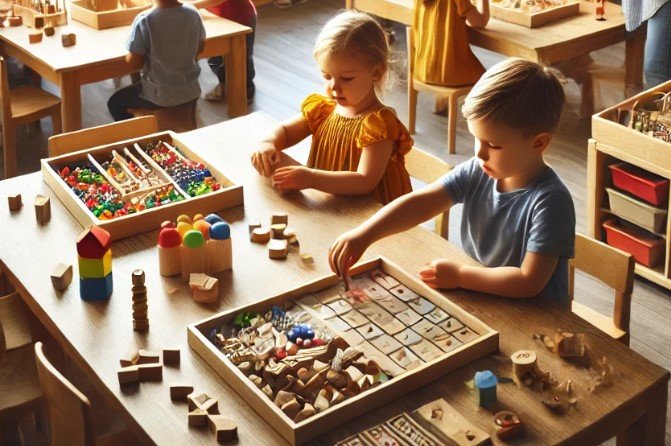

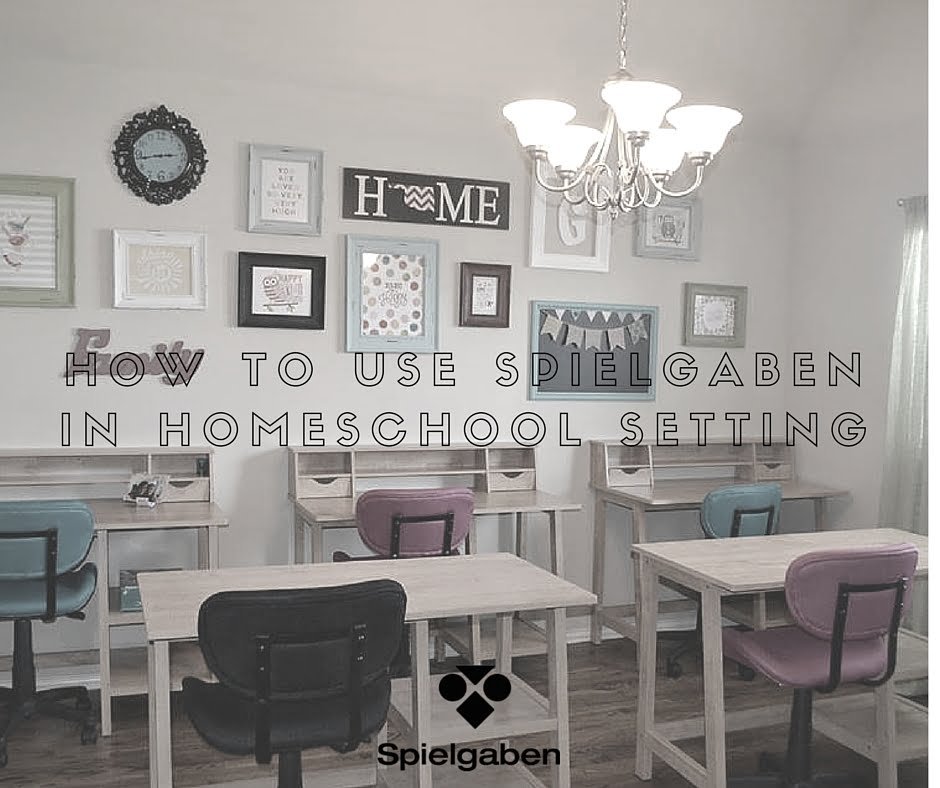
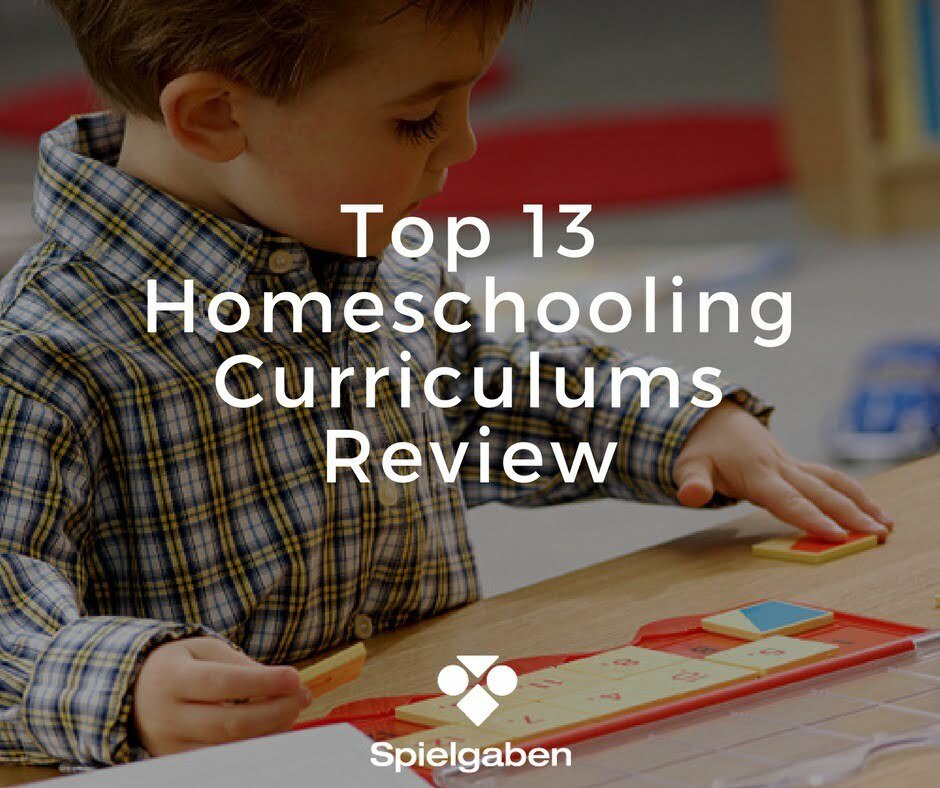

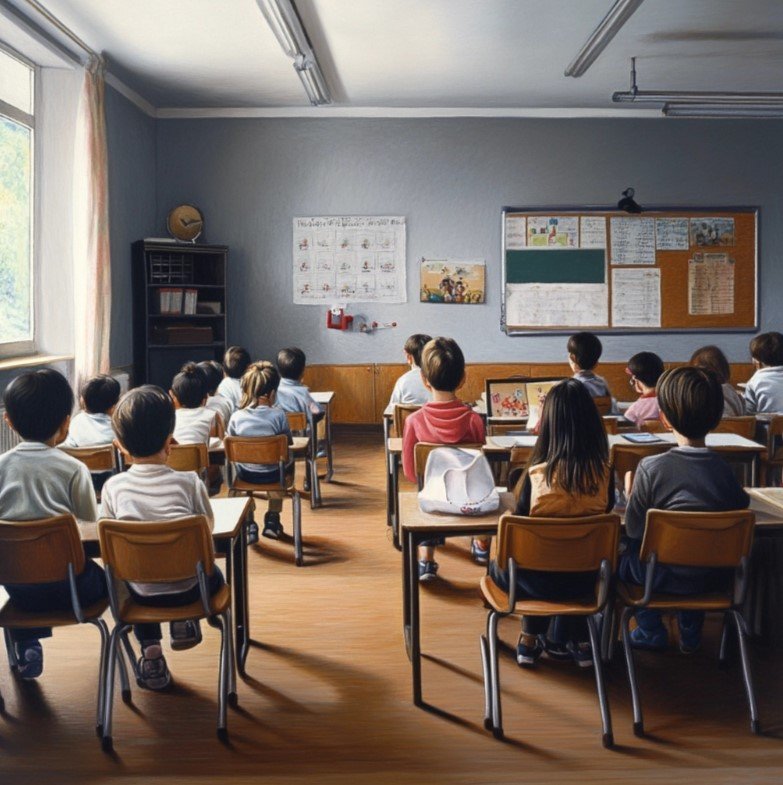



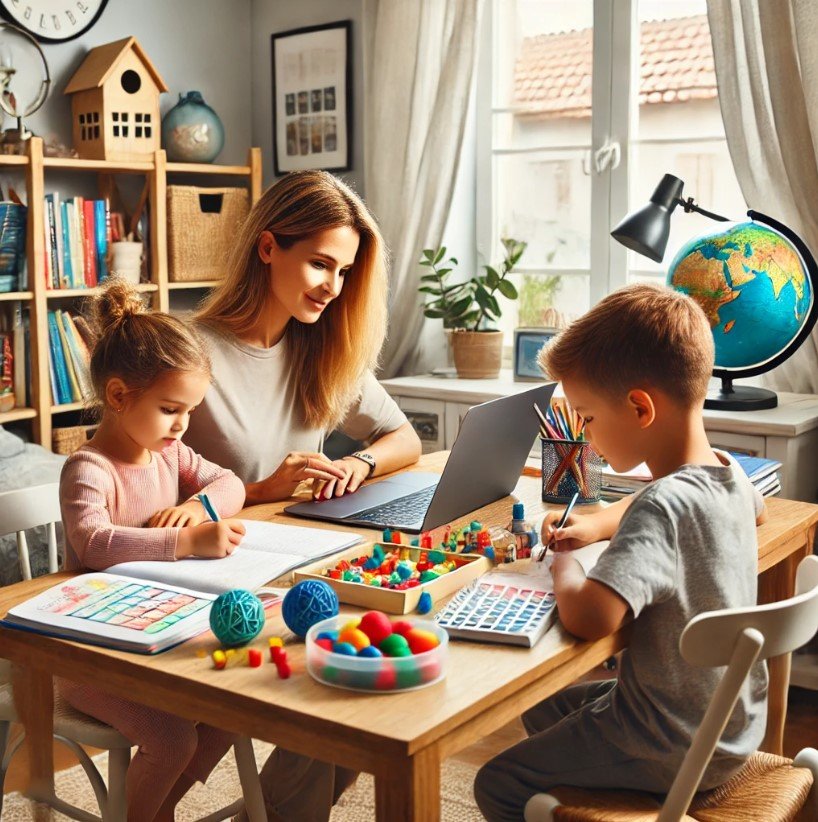

Comments (3)
My kids would love every bit of this wonderful learning tool!
[…] Maria Montessori, i bambini hanno bisogno di concentrarsi in alcune attività che richiedano l’utilizzo e il […]
[…] Fonte: (Spiegalben.com) […]